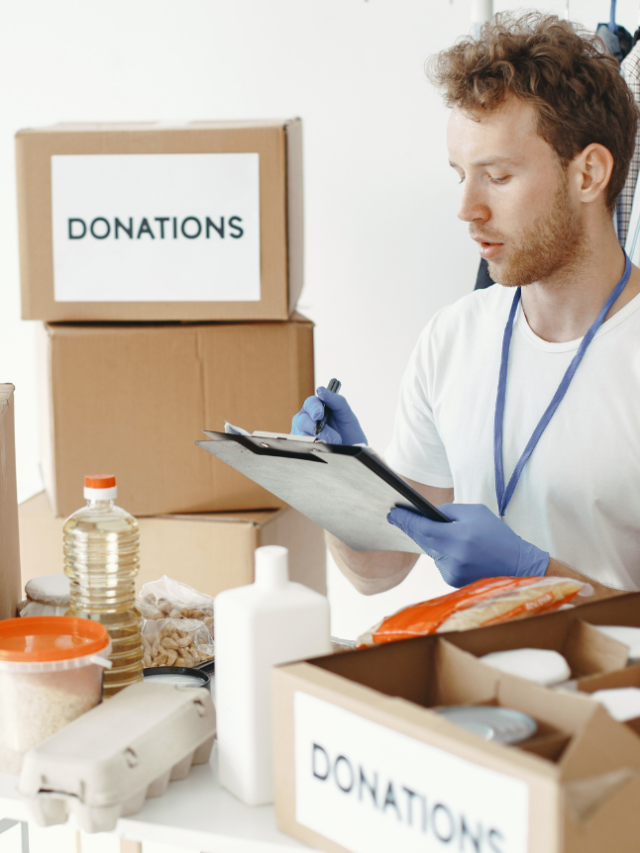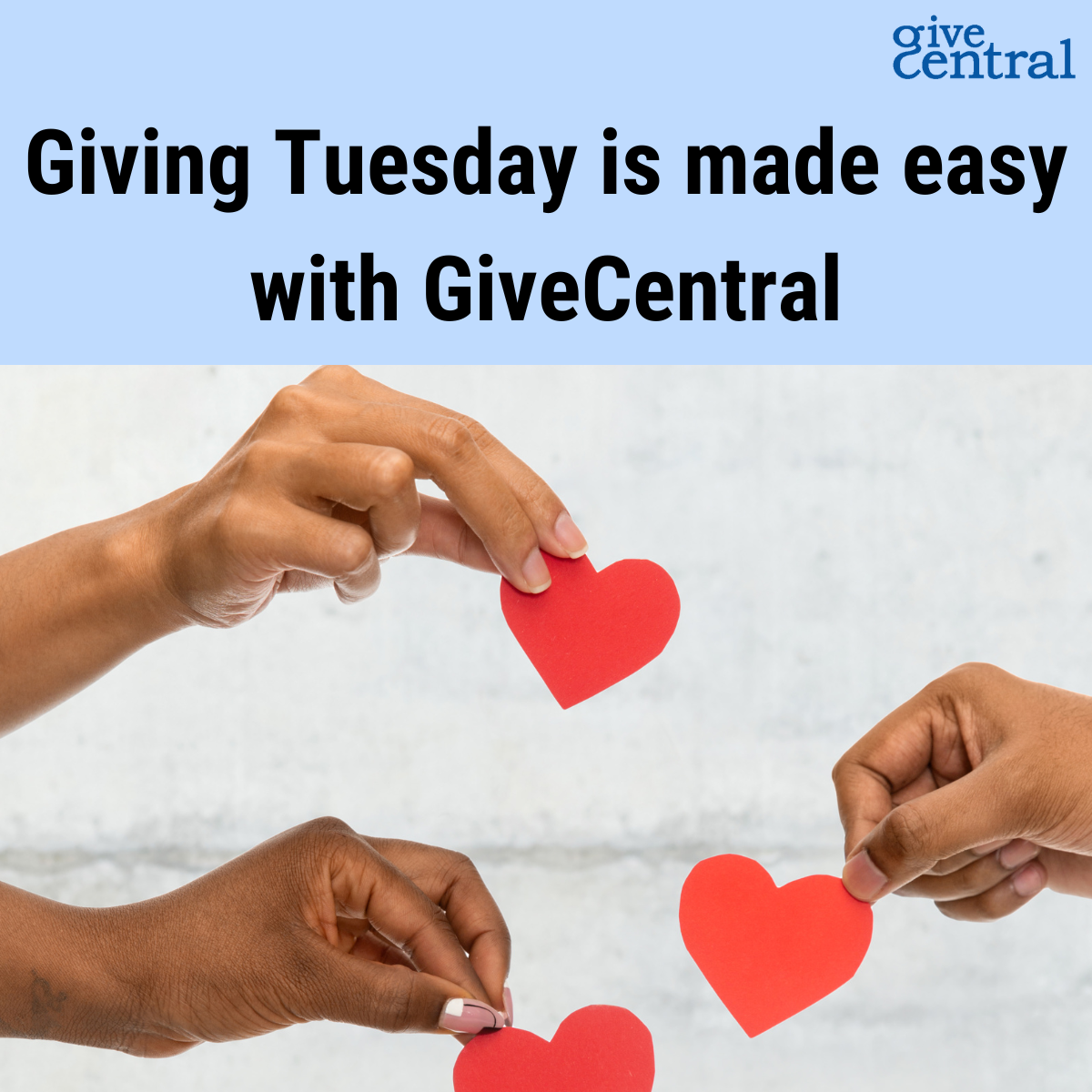
The growing ease with which we can share information has created the feeling of being connected with the rest of the world. Social media and other such technologies allow us to influence without undue difficulty the decisions made by our peers and colleagues, whether in relation to the food they eat, the clothes they wear or the organizations they support.
Given the explosion of technology, the growing popularity of peer to peer fundraising in recent years is hardly surprising.
Of all donors, 81% say they have no problem getting themselves approached for a donation by a friend: in comparison, 69% find it acceptable to mail.
Almost all donors have already responded to a request from a peer: 84% of donors say they have given at least once for a friend’s cause in the last year.
Young donors are ready to raise funds for you: 51% of Generation Y donors and 49% of Generation X donors say they raised funds for a charitable cause or non-profit organization in the 12 months prior to the survey (Compared with only 36% of the baby boomers and 25% of the silent generation).
What is peer to peer fundraising?
Peer to peer fundraising is “a way of encouraging supporters of a cause to solicit members of their network of family, friends, colleagues and others.” In addition, fundraising has been individualized, enabling supporters to choose almost any activity they like to attract the attention and support of their peers.
The three main arguments for a non-profit organization to organize peer fundraising campaigns are:
- The activities at the centre of these campaigns are likely to encourage people, who would otherwise remain isolated, to engage actively with a specific group.
- They allow people who do not have the means (but who are passionate about a cause and want to make a contribution) to raise large sums of money.
- They are very popular with Generation Y and have the best online donation rate compared to other forms of fundraising.
The Test of Reality: The Challenges of Peer Fundraising
One of the primary concerns with peer-to-peer fundraising is its potential for retaining new donors. Charities and non-profit organizations have not yet succeeded in transforming people who have given a friend as part of a peer-to-peer fundraiser as a direct supporter of their cause.
Often these people are motivated by the relationship they have with the participant rather than the organization or cause in question. In the study published by Blackbaud in 2013, it can be seen that only 6% of donors to a peer-to-peer fundraising campaign have donated to support the charity. More people (24%) gave support to the campaigner and 65% gave for both reasons.
The key to success: what you need to succeed
Because peer-to-peer fundraising attracts a host of new people to your organization, it represents a tremendous opportunity to convert these people into as many new direct donors.
In addition to segmenting your donor communications social media becomes an important tool. Let your supporters integrate social media into their own fundraising campaign as easily as possible. If, for example, the person can post calls to donations on his or her Facebook or Twitter account, they can seek support from people they do not communicate with via e-mail or in person. To get started with a Facebook page for your non-profit or cause read more here.
More and more charitable and non-profit organizations are launching peer-to-peer fundraising campaigns, and it’s hard not to be impressed by the scale of some events. What ultimately counts is the same criterion as for any other fundraising effort: It has to be well organized and you have to create an emotional connection with the participants.”
easy fundraising ideas easyfundraising fundraising peer to peer fundraising
Last modified: May 17, 2017




















I’ve been using CBD gummies in return or [url=https://www.cornbreadhemp.com/pages/how-much-do-proper-cbd-gummies-cost ]how much does cbd gummies cost[/url] a year today, and I can’t believe how much they’ve improved my life! The flavors are still savoury, making it a amusing share of my day after day routine. My anxiety and prominence levels partake of significantly decreased, and my beauty sleep calibre has improved tremendously. I wake up sensibility more refreshed and energetic. Notwithstanding, I’ve noticed a bit of drowsiness during the era, and I order the effects lasted a tittle longer. In spite of these minor issues, I powerfully commend these CBD gummies in the service of anyone looking to boost their well-being instinctively!
I’ve been using CBD gummies for or https://www.cornbreadhemp.com/collections/thc-gummies a year now, and I can’t feel how much they’ve improved my person! The flavors are at rest delicious, making it a pleasing renounce of my commonplace routine. My anxiety and distress levels have significantly decreased, and my catch quality has improved tremendously. I wake up premonition more refreshed and energetic. Notwithstanding, I’ve noticed a bit of drowsiness during the era, and I fancy the effects lasted a particle longer. In spite of these minor issues, I powerfully advocate these CBD gummies in the service of anyone looking to improve their well-being clearly!